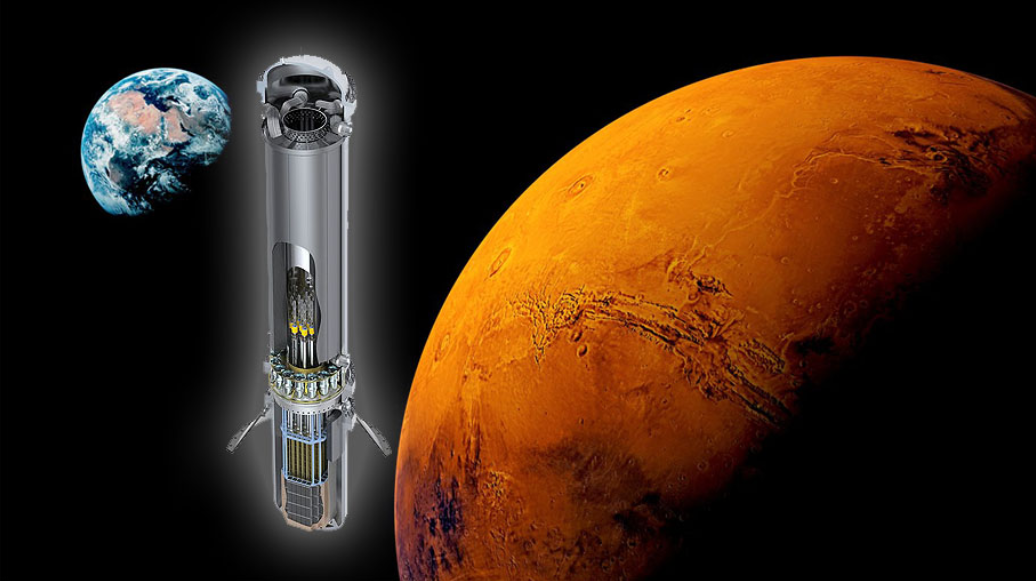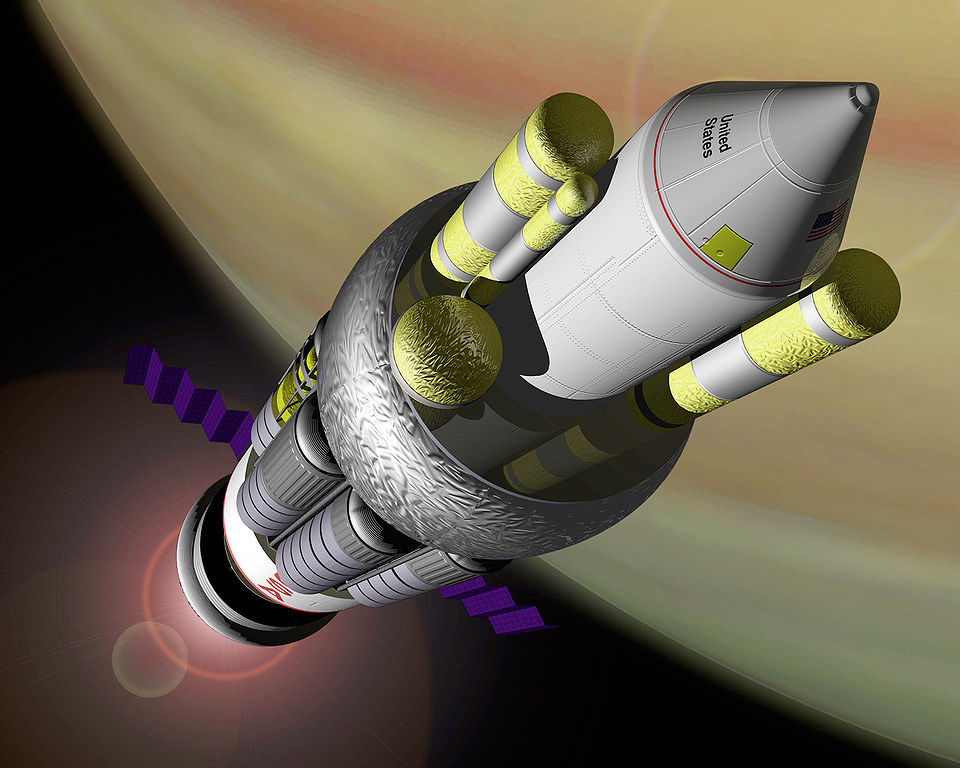
One key need is power for biomanufacturing facilities that use genetically engineered microbes to produce food, rocket fuel, plastic materials and chemicals, including drugs. The complication is that all of these materials must be carried from Earth to Mars at a cost of hundreds of thousands of dollars per pound, making low weight essential. But as NASA and leaders of companies now building rockets that could go to Mars - including Elon Musk, CEO of SpaceX, and Jeff Bezos, founder of Blue Origin - talk up the idea of long-term, off-planet settlements, larger and more reliable sources of power need to be considered. In the past, NASA's estimates of the power needs of astronauts on Mars have generally focused on short stays, which don't require power-hungry processes for growing food, manufacturing construction materials or producing chemicals.
#Nuclear time journey to mars how to#
We want to have a clear-eyed comparison between options, whether we're deciding which technologies to use, which locations to go to on Mars, how to go and whom to bring." "If humanity collectively decides that we want to go to Mars, this kind of systems-level approach is necessary to accomplish it safely and minimize cost in a way that's ethical.

"This paper takes a global view of what power technologies are available and how we might deploy them, what are the best-use cases for them and where do they come up short," said co-first author Anthony Abel, a graduate student in the Department of Chemical and Biomolecular Engineering. The study gives a new perspective on Mars colonization and provides a road map for deciding which other technologies to deploy when planning manned missions to other planets or moons. "Photovoltaic energy generation coupled to certain energy storage configurations in molecular hydrogen outperforms nuclear fusion reactors over 50% of the planet's surface, mainly within those regions around the equatorial band, which is in fairly sharp contrast to what has been proposed over and over again in the literature, which is that it will be nuclear power," said UC Berkeley bioengineering doctoral student Aaron Berliner, one of two first authors of the paper. Their analysis found that for settlement sites over nearly half the Martian surface, solar is comparable or better than nuclear, if you take into account the weight of the solar panels and their efficiency - as long as some daytime energy is used to produce hydrogen gas for use in fuel cells to power the colony at night or during sandstorms. That is the most likely scenario for a mission that reduces the transit time between the two planets and extends time on the surface beyond a 30-day window. The new study, published this week in the journal Frontiers in Astronomy and Space Sciences, uses a systems approach to actually compare these two technologies head-to-head for a six-person extended mission to Mars involving a 480-day stay on the planet's surface before returning to Earth. NASA's nearly 15-year-old Opportunity rover, powered by solar panels, stopped working after a massive dust storm on Mars in 2019. And on Mars, solar panels' power production can be reduced by the omnipresent red dust that covers everything.

Solar power, on the other hand, must be stored for use at night, which on Mars lasts about the same length of time as on Earth. In the past decade, miniaturized Kilopower nuclear fission reactors have advanced to the point where NASA considers them to be a safe, efficient and plentiful source of energy and key to future robotic and human exploration.

Most scientists and engineers who've thought about the logistics of living on the surface of the Red Planet have assumed that nuclear power is the best alternative, in large part because of its reliability and 24/7 operation.


 0 kommentar(er)
0 kommentar(er)
